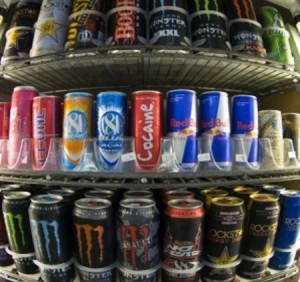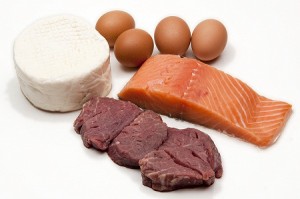Studies now state the obvious! Menopausal women prefer non-medical treatment for their menopause symptom relief and want more support from their doctors. This was the finding in a February Journal of International Obstetrics and Gynecology.
This community based study looked at 4407 women aged 45 to 54 living in north east Scotland. The participants were asked to complete a questionnaire about their menopausal symptoms and their management.
The questionnaire included a symptom checklist which asked about problems such as stiff joints, aches and pains, headaches, vaginal dryness, hot flushes, night sweats, depression, anxiety, mood swings, decreased sexual interest and menstrual symptoms.
Participants were asked whether they had experienced the symptom in the last month and how bothered they were by this.
The study found that nearly half of the women (46.7%) experienced hot flushes, 46.4% night sweats and 28.2% vaginal dryness. Approximately two-fifths of women reported these symptoms as quite a bit or extremely bothersome.
Surgically menopausal women (participants who have had a hysterectomy and/or oopherectomy) reported the most bother from menopausal symptoms and the greatest frequency of bothersome symptoms.
The study also looked at the different management strategies women adopt, from HRT to alternative therapies and social support. It found that the most common management strategy used by menopausal women was social support through talking to friends or family. This was reported by more than 60% of women.
Moreover, the questionnaire found that women reported taking vitamins, minerals and supplements and herbal remedies rather than HRT, for example, 38% of postmenopausal women had used herbal remedies.
Dr Lisa Iversen, Academic Primary Care, Division of Applied Health Sciences, University of Aberdeen and co-author of the paper said: “Our results provide a powerful reminder that the menopause is a time of life when women experience numerous symptoms, many of which are bothersome.”
“We found that many women used non-medical approaches to help relieve the symptoms suggesting a large need for effective non-hormonal management options for menopausal women.”
John Thorp, BJOG Deputy-Editor-in-Chief added:
“The results of this questionnaire show that women during the menopause face many different symptoms and have different coping strategies,
“As so many women use herbal remedies,(approx. 38%) it is important that they are tested for efficacy and safety to the same standard as hormone replacement therapy.”
Couldn’t agree with that last statement more. Check out Menopause Relief Herb Pack, for natural Menopause Relief the most trusted and tested herbs used safely for centuries. (See how they are tested here.)


 Something new from Harvard School of Public Health that I thought news worthy.
Something new from Harvard School of Public Health that I thought news worthy.


